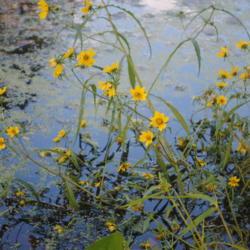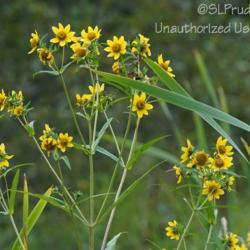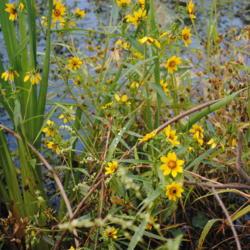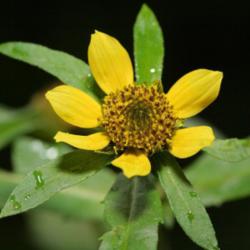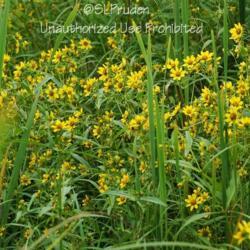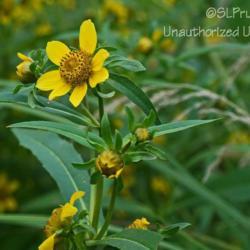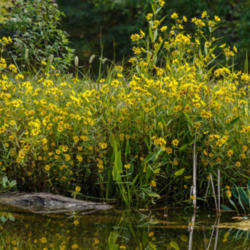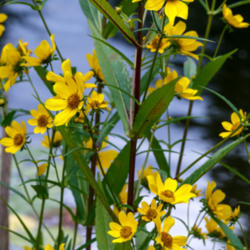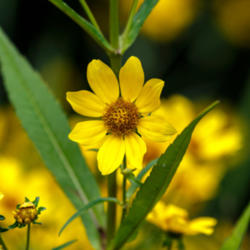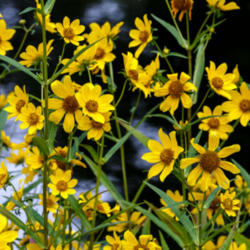| Plant Habit: | Herb/Forb |
| Life cycle: | Annual |
| Sun Requirements: | Full Sun Full Sun to Partial Shade |
| Water Preferences: | Wet Wet Mesic Mesic |
| Soil pH Preferences: | Strongly acid (5.1 – 5.5) Moderately acid (5.6 – 6.0) Slightly acid (6.1 – 6.5) Neutral (6.6 – 7.3) Slightly alkaline (7.4 – 7.8) |
| Plant Height: | 2 to 3 feet |
| Fruit: | Edible to birds |
| Flowers: | Showy |
| Flower Color: | Yellow |
| Bloom Size: | Under 1" 1"-2" |
| Flower Time: | Summer Late summer or early fall |
| Suitable Locations: | Bog gardening |
| Uses: | Cut Flower Will Naturalize |
| Wildlife Attractant: | Bees Birds Butterflies |
| Resistances: | Flood Resistant Humidity tolerant |
| Propagation: Seeds: | Depth to plant seed: Sow just below the soil surface. |
| Pollinators: | Various insects |
| Miscellaneous: | Monoecious |
| Conservation status: | Least Concern (LC) |
